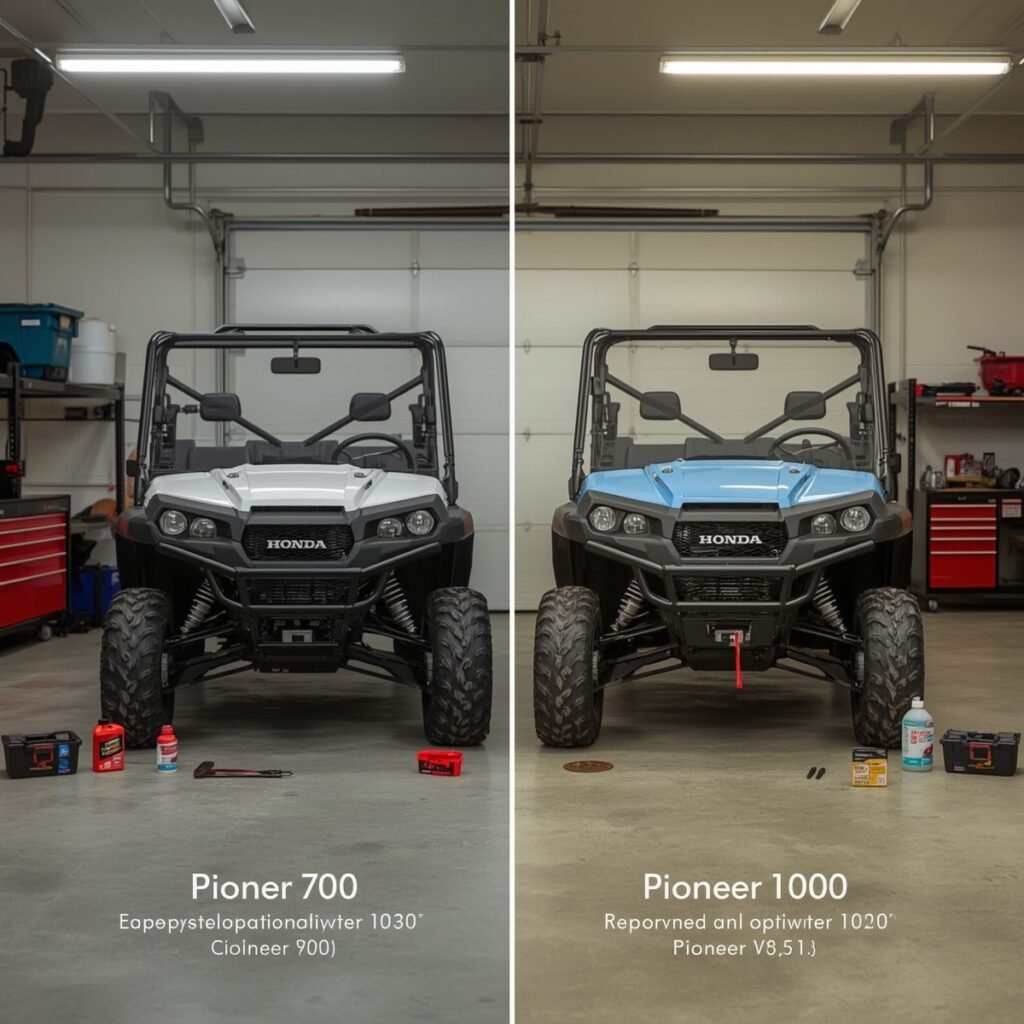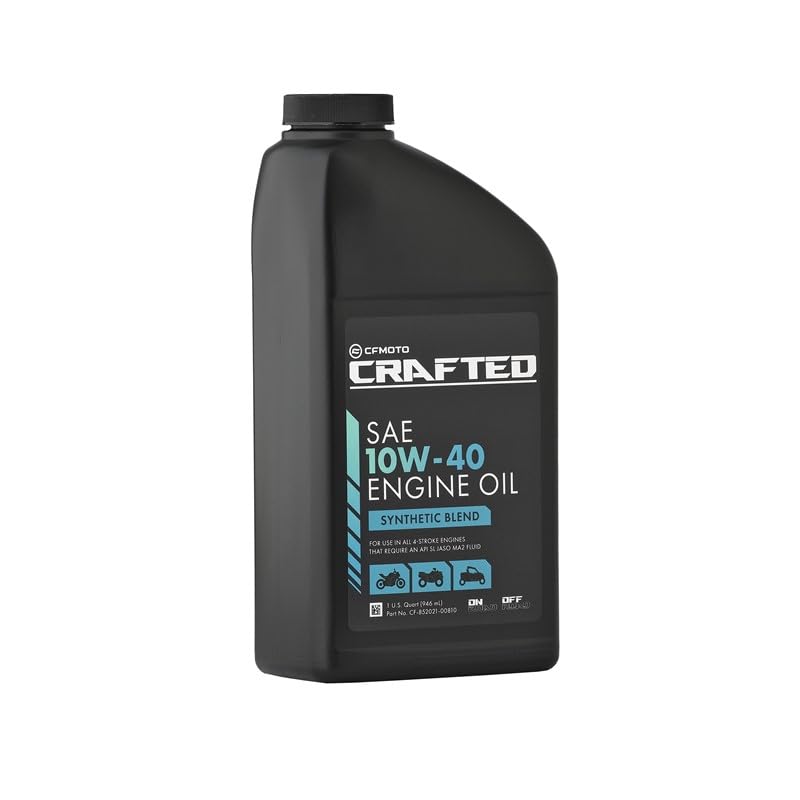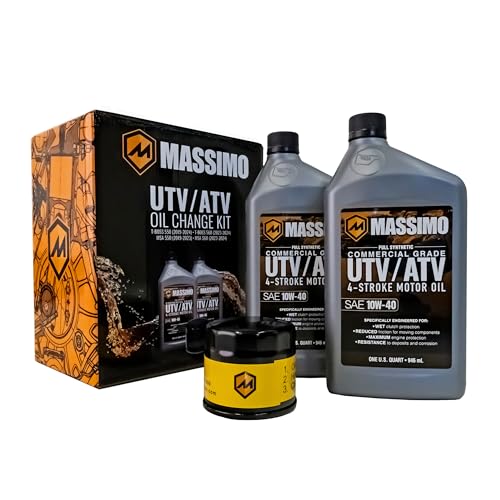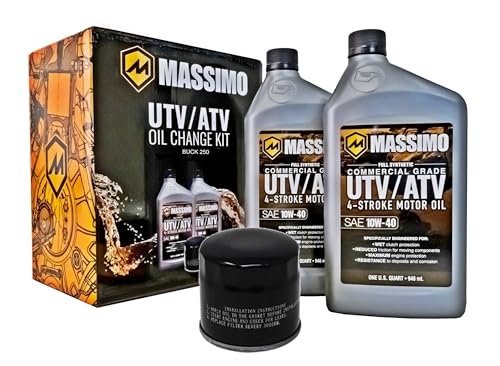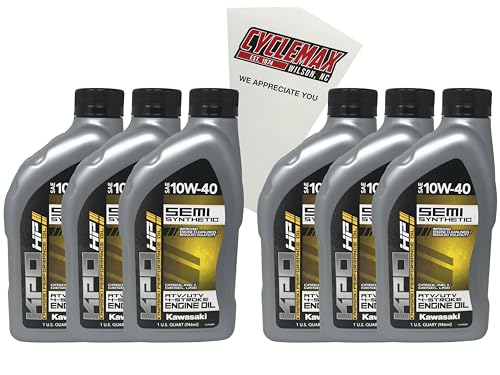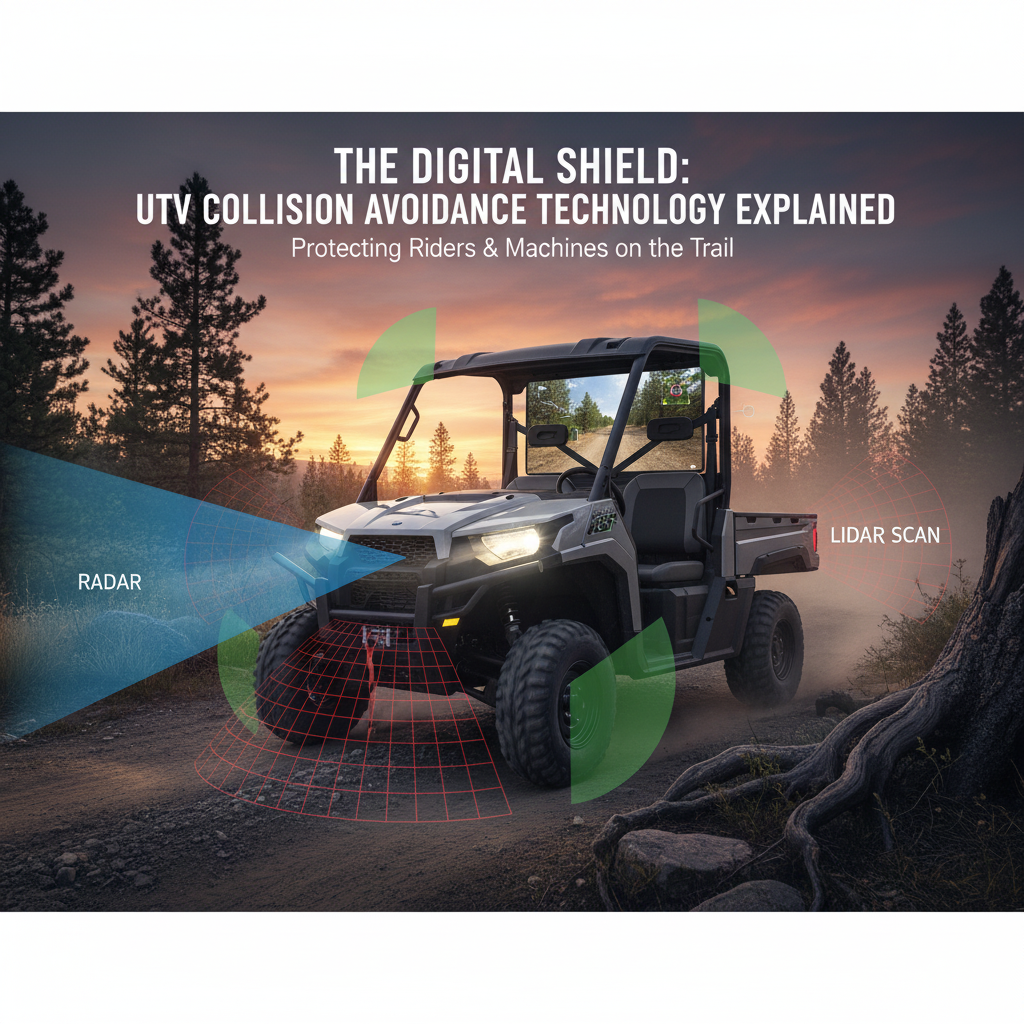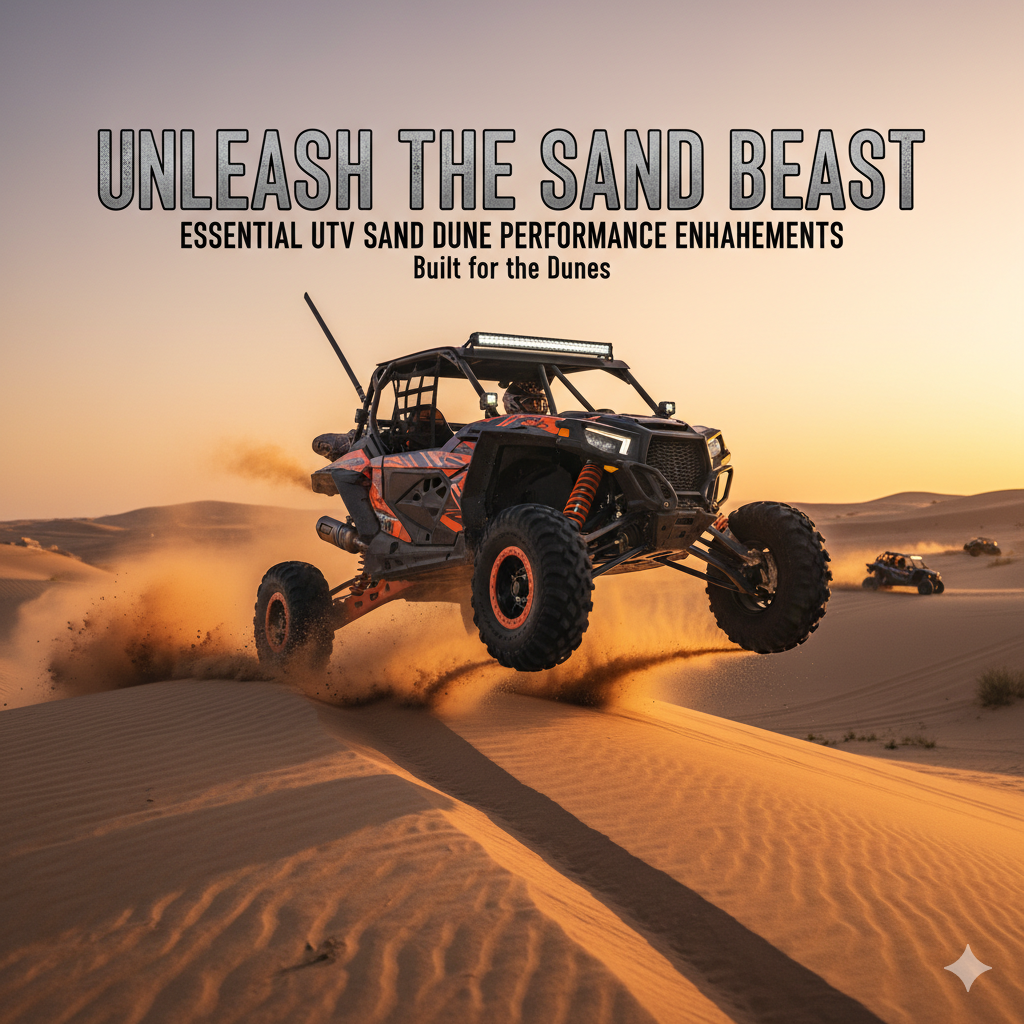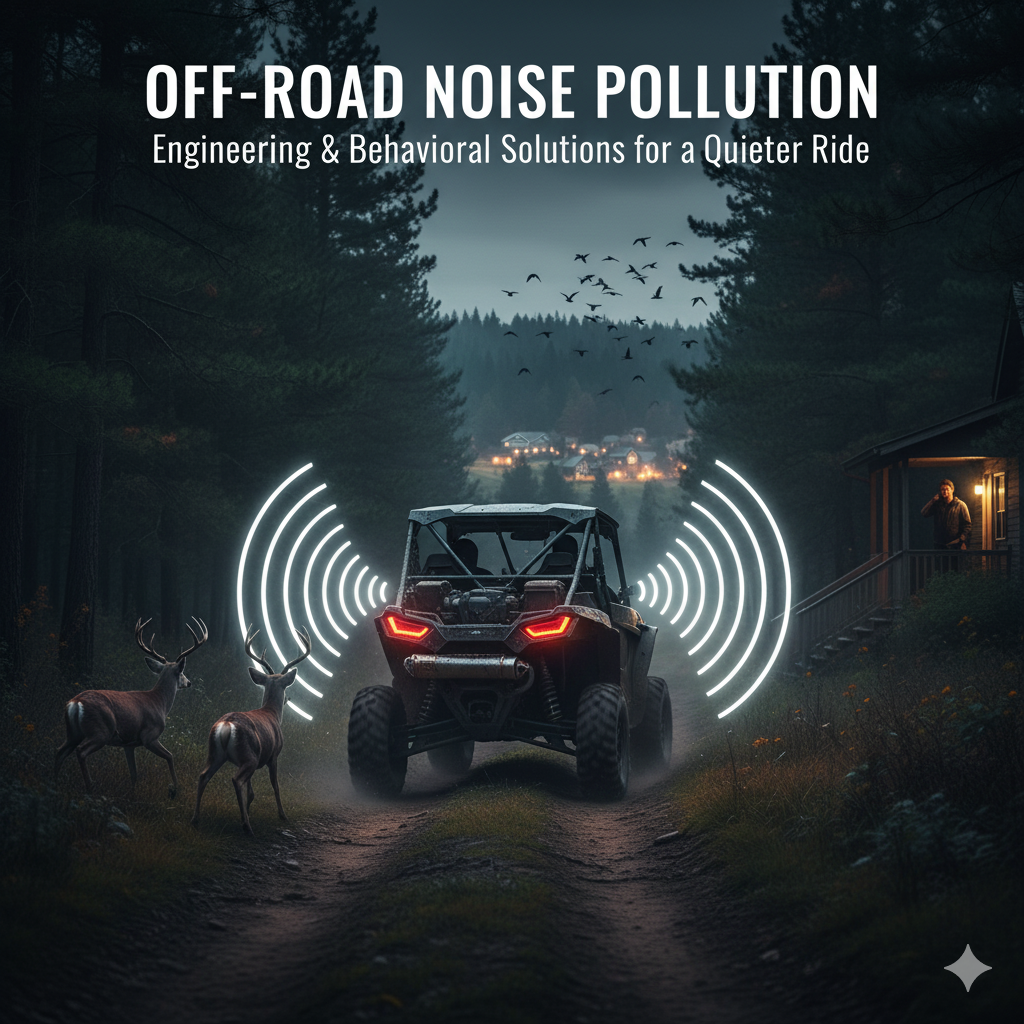As a fellow off-road enthusiast, I know the thrill of hitting the trails in a reliable utility terrain vehicle (UTV).
The Honda Pioneer series, particularly the Pioneer 700 and Pioneer 1000, are stalwarts in the UTV world, renowned for their ruggedness and performance.
While the initial purchase decision often hinges on features and price, a critical aspect that seasoned owners understand is the long-term Pioneer 700 vs 1000 maintenance cost comparison.
This isn’t just about keeping your machine running; it’s about smart ownership and ensuring your UTV is always ready for the next adventure.
In this detailed guide, we’ll break down the maintenance expenses for both the Honda Pioneer 700 and 1000.
We’ll cover everything from routine service intervals and common wear-and-tear items to potential major repair costs.
My goal is to provide you with a clear picture of what to expect, helping you budget effectively and keep your Honda Pioneer in peak condition.
I’ll also share some valuable Amazon affiliate product recommendations for DIY maintenance and point you to external resources for further reading.
Routine Maintenance: Unpacking the Differences in Cost
Routine maintenance is the backbone of UTV longevity, and while both the Pioneer 700 and 1000 share many similarities in their service schedules, subtle differences can impact your wallet.
Let’s delve into the typical service intervals and what each entails, keeping our Pioneer 700 vs 1000 maintenance cost comparison in mind.
Initial Service (20 hours or 100 miles):
This crucial first service is designed to address the initial break-in period of your new Pioneer.
It typically involves an engine oil and filter change, a thorough inspection of all critical components, and necessary adjustments.
For the Pioneer 700, this is usually a straightforward process.
However, the Pioneer 1000, with its more complex engine and transmission, often requires a valve clearance check at this stage [1].
This additional step can significantly increase labor costs, making the initial service for the Pioneer 1000 potentially more expensive.
Based on forum discussions and owner experiences, expect to pay anywhere from $300 to $900 for this initial service at a dealership, with the Pioneer 1000 generally falling on the higher end of that spectrum.
Regular Service (Every 100 hours or 600 miles):
Once past the break-in, consistent regular maintenance is key.
This interval typically includes changing the engine oil and filter, cleaning or replacing the air filter, checking and topping off all fluids (coolant, brake fluid, differential fluids), and inspecting the brakes, suspension, and drive shafts.
The parts cost for these items is relatively similar for both models.
If you opt for dealership service, expect to pay between $150 and $300.
However, performing these tasks yourself can lead to substantial savings, often reducing the cost to just the price of parts, which can be as low as $75-$100 for a basic oil change kit [2].
Major Service (Every 200 hours or 1200 miles):
This more comprehensive service builds upon the regular maintenance, adding deeper inspections of the engine, transmission, and drivetrain.
Spark plug replacement is often recommended at this interval.
While both models require this service, the Pioneer 1000’s Dual Clutch Transmission (DCT) may have specific fluid and filter change requirements that differ slightly from the 700’s conventional automatic transmission, potentially leading to minor cost variations.
Expect to budget $300 to $500+ for this service, depending on parts and labor.
Here’s a table summarizing the key maintenance differences that contribute to the Pioneer 700 vs 1000 maintenance cost comparison:


Common Repairs and Their Impact on Your Wallet
Even with diligent routine maintenance, off-roading can be tough on any UTV, and repairs are an inevitable part of ownership.
Understanding common issues and their associated costs is crucial for a realistic Pioneer 700 vs 1000 maintenance cost comparison.
While both models are known for their Honda reliability, certain components are more prone to wear or damage.
- Tires: As the primary point of contact with varied terrain, tires are a frequent replacement item. The cost can vary significantly based on brand, tread pattern, and size, typically ranging from $100 to $300 per tire. Both Pioneer models use similar tire sizes, so this cost is comparable.
- Brakes: Brake pads and rotors will wear down over time, especially with aggressive riding or heavy loads. Replacing brake pads can cost $50 to $100 per set, while new rotors might run $100 to $200 each. Again, these costs are largely similar across both the 700 and 1000.
- CV Axles: These components are vulnerable to damage from rocks, stumps, or extreme articulation. A damaged CV axle can lead to vibrations or loss of power. Replacement costs can range from $200 to $500 or more, depending on whether you opt for OEM or aftermarket parts and if you perform the repair yourself or pay for labor.
- Clutch/Transmission Issues: This is where a more significant difference in the Pioneer 700 vs 1000 maintenance cost comparison can emerge.
- The Pioneer 700 uses a conventional automatic transmission, while the Pioneer 1000 features a more advanced Dual Clutch Transmission (DCT).
- While both are robust, the DCT in the 1000 can be more complex and costly to repair if issues arise.
- Some owners have reported significant expenses for transmission-related problems, with one instance citing $5,500 for a rebuild due to numerous internal seals [3].
- Clutch failures have also been a known issue in earlier Pioneer 1000 models, sometimes leading to recalls [4]. Repairing or rebuilding a transmission can range from $500 to several thousand dollars, making it one of the most impactful potential repair costs.
- Engine Overhauls: While rare for well-maintained units, severe engine issues can be very costly. A top-end rebuild might cost $500-$700, but a full engine replacement or major repair due to catastrophic failure (e.g., out of warranty) could easily exceed $5,000 [5]. These are extreme cases, but worth noting for long-term ownership considerations.

DIY vs. Dealership Maintenance: Navigating Your Options
When it comes to managing your Pioneer 700 vs 1000 maintenance cost comparison, a significant factor is deciding whether to tackle maintenance yourself or rely on a dealership.
Both approaches have their merits and drawbacks, and the best choice often depends on your mechanical aptitude, available time, and budget.
DIY Maintenance:
- Pros: The most obvious advantage is significant cost savings. You only pay for parts, and labor is free. This approach also gives you greater control over the quality of fluids and components used. For many enthusiasts, there’s immense satisfaction in understanding and working on their own machine. Basic tasks like oil changes, air filter replacements, and even some fluid changes are well within the capabilities of a moderately skilled DIYer.
- Cons: DIY maintenance requires a certain level of mechanical knowledge, the right tools, and dedicated time. Mistakes can be costly, potentially leading to more significant repairs down the line. Furthermore, improper maintenance might, in some cases, void your warranty, so it’s crucial to follow Honda’s recommended procedures and use appropriate parts. For complex repairs, specialized tools and diagnostic equipment might be necessary, which can be a barrier.
Dealership Maintenance
- Pros: When you take your Pioneer to a dealership, the work is performed by certified Honda technicians who have specialized training and access to proprietary diagnostic tools. They use genuine Honda parts, ensuring compatibility and quality. Dealership service also helps maintain your warranty, providing peace of mind. For major repairs or complex issues, their expertise can be invaluable.
- Cons: The primary drawback of dealership maintenance is the cost. Labor rates can be high (often $75-$130 per hour [6]), and parts are typically sold at retail prices. You might also need to schedule appointments in advance, which can be inconvenient, and you have less direct control over the process.
Ultimately, the decision boils down to your comfort level and the complexity of the task. For routine maintenance, many owners find DIY to be a rewarding and cost-effective option.
For more intricate repairs or if you’re unsure, a dealership provides professional service and warranty protection.
A hybrid approach, where you handle simple tasks and leave complex ones to the pros, is often the most balanced strategy for managing your Pioneer 700 vs 1000 maintenance cost comparison.

Essential Maintenance Products for Your Honda Pioneer
To further assist you in managing your Pioneer 700 vs 1000 maintenance cost comparison, here are some essential products available on Amazon that can help you with DIY maintenance:
- Honda GN-4 10W-30 Oil: This is the recommended engine oil for both Pioneer models. Using genuine Honda oil ensures optimal performance and longevity for your engine and DCT.
- Genuine Honda Oil Filters: Always use OEM oil filters to ensure proper filtration and fit. There are specific filters for the 700 and 1000 models, so double-check compatibility.
- Honda OEM Air Filters: A clean air filter is crucial for engine health and performance. Replace it regularly, especially if you ride in dusty conditions.
- NGK Spark Plugs: Spark plugs are vital for efficient combustion. Consult your owner’s manual for the exact NGK model number for your Pioneer 700 or 1000.
- All-in-One Oil Change Kits: Many reputable brands offer comprehensive kits that include the correct oil, oil filter, and crush washers, making DIY oil changes convenient and cost-effective.
- Differential and Sub-transmission Fluid: Don’t forget these crucial fluids. Using the correct type and viscosity is essential for the health of your drivetrain components.
- Grease Gun and Marine-Grade Grease: Regular greasing of suspension and steering components is often overlooked but vital for preventing premature wear.
- Honda Pioneer Service Manual: An official service manual is an invaluable resource for detailed, step-by-step maintenance procedures, torque specifications, and troubleshooting guides.
- Torque Wrench: Proper torque is critical for many fasteners on your UTV. A good torque wrench prevents overtightening (which can strip threads) and undertightening (which can lead to parts loosening).

Further Reading and Resources
To deepen your understanding of your Honda Pioneer and its maintenance needs, I highly recommend exploring these authoritative sources:
- Official Honda Powersports Owner’s Manuals: Your owner’s manual is the definitive guide to your specific model’s maintenance schedule and procedures.
- Hondasxs.com Forum: This is a vibrant online community for Honda side-by-side owners. You’ll find a wealth of information, troubleshooting tips, and discussions on maintenance from experienced enthusiasts.
- Honda Pioneer Forum: Another excellent forum dedicated to Honda Pioneer owners, offering a platform for questions, advice, and shared experiences.
- YouTube DIY Maintenance Guides: Many owners and mechanics share detailed, step-by-step video tutorials for common maintenance tasks. Searching for specific tasks like “Honda Pioneer 700 oil change” or “Honda Pioneer 1000 valve adjustment” can yield helpful visual guides.
Conclusion
In the ongoing debate of Pioneer 700 vs 1000 maintenance cost comparison, it’s clear that both models offer Honda’s renowned reliability, but with nuances in their upkeep.
While the Pioneer 1000, with its more advanced features and engine, might present slightly higher costs for certain services like valve clearance checks or complex transmission repairs, the fundamental principles of maintenance remain consistent across both.
Ultimately, the key to minimizing your UTV’s maintenance costs lies in proactive, regular servicing.
Whether you choose the satisfaction and savings of DIY maintenance or the convenience and expertise of dealership service, staying on top of your Pioneer’s needs is paramount.
By understanding the typical service intervals, anticipating potential repair expenses, and utilizing readily available resources like Amazon affiliate products and online communities, you can effectively manage your budget and ensure your Honda Pioneer remains a dependable partner for all your off-road adventures.
Here’s to many more miles of trails and unforgettable experiences!

